



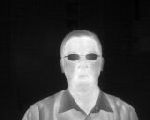

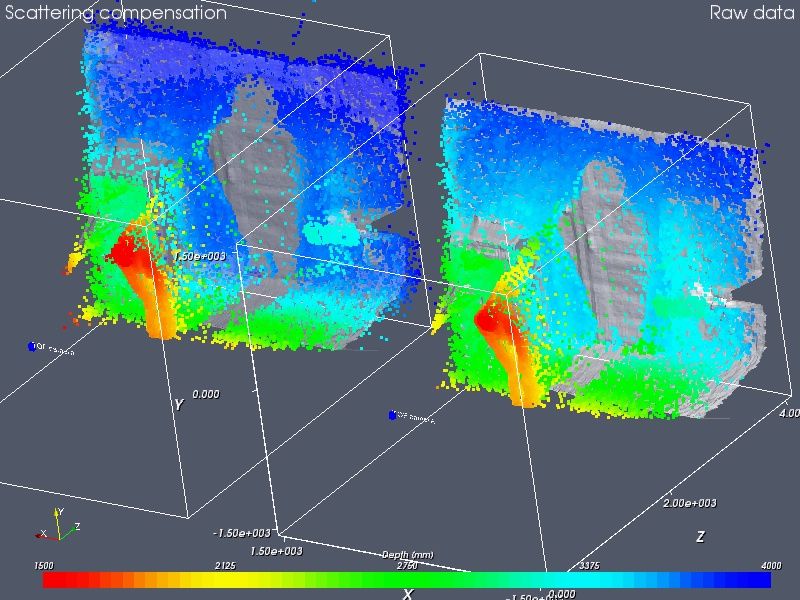
| Right camera point cloud : notice the occlusions behind the person walking | Left camera view : occlusions also occur. |
| Fused point clouds: Occlusions are removed (or reduced). |

|

|
|
| Abstract - | Preprint (PDF 2.6MB) - | Presentation (PDF 8.7MB) |

|

|

|
|
| Preprint (PDF 35.5MB) - | Record in UniNe's library - | Defense presentation (PDF 31.8MB) - | Public presentation in French (PDF 30.4MB). |
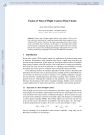
|

|
||
| HAL INRIA notice - | Full Text (PDF 5.5MB) - | EPFL's infoscience notice - | Poster (PDF 5.9MB). |

|

|
||
| Abstract - | Reprint (PDF 4.5MB) - | EPFL's infoscience notice - | Presentation (PDF 9.7MB). |

|
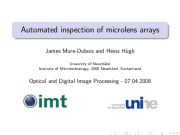
|
||
| Abstract - | Full Text (PDF 3.3MB) - | EPFL's infoscience notice - | Presentation (PDF 6.0MB). |

|
||
| Abstract - | EPFL's infoscience notice - | Full Text (PDF 3.1MB) |

|

|

|
| Abstract - | Full Text (PDF 0.4MB) - | Presentation (PDF 5.1MB). |

|

|
|||
| Abstract - | Full Text (PDF 5.8MB) - | Postprint on RERO - | EPFL's infoscience notice - | Presentation (PDF 6.5MB). |
| Abstract - | EPFL's infoscience notice - |

|
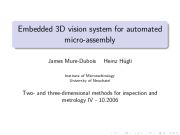
|
|||
| Abstract - | Full Text (PDF 2.8MB) - | Postprint on RERO - | EPFL's infoscience notice - | Presentation (PDF 3.3MB). |
 libSRpl - Helper C++ libraries for handling data produced by SR-3000 cameras.
libSRpl - Helper C++ libraries for handling data produced by SR-3000 cameras.
 wxSRparlab - Software to visualize and align data produced by time-of-flight (TOF) cameras.
wxSRparlab - Software to visualize and align data produced by time-of-flight (TOF) cameras.